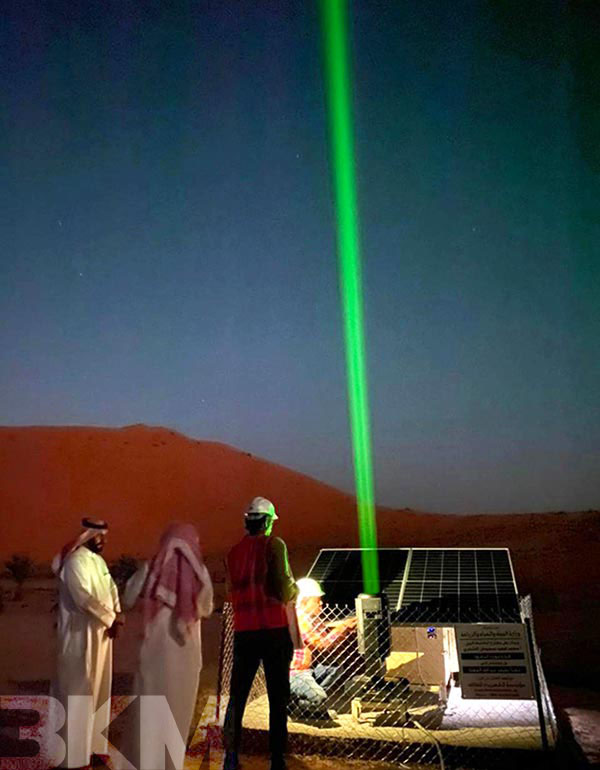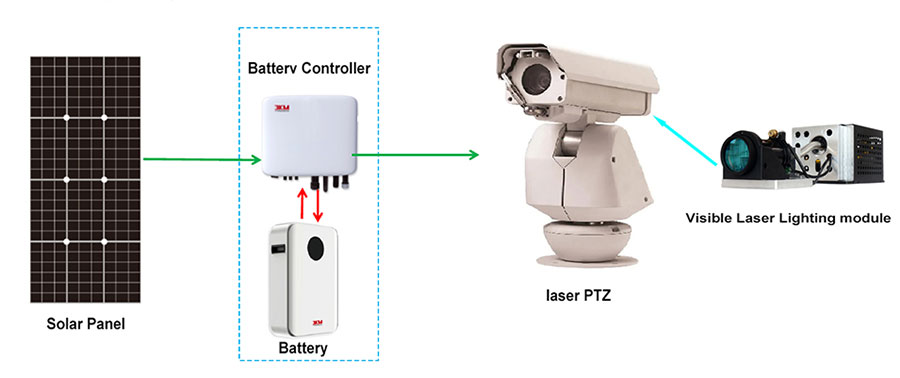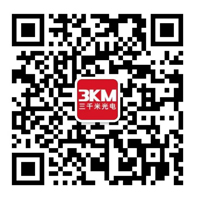Laser beacon light the way of life in the Nafud Desert of Saudi Arabia
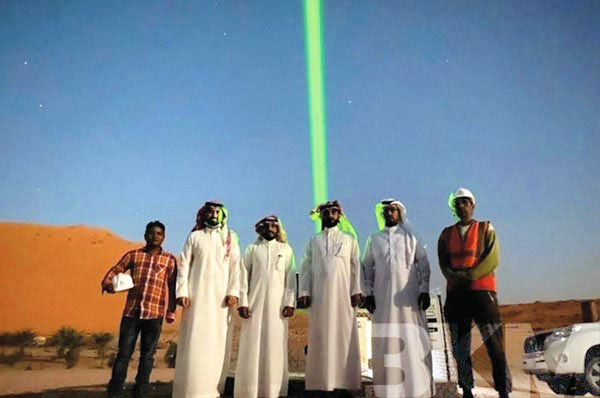
For travelers who lose their way in the desert, the ordeal to find safe ground and water can often lead to unfortunate circumstances where it gets worse before it gets better. But a new Saudi initiative is set to create beacons and safe havens for the lost and wary.
The vast Nafud Desert in the north of the Kingdom is known for its scarce water sources. Experienced or inexperienced outdoors people can lose their way in the huge arid stretches of the desert. Even with strong survival skills, it can still be a cold and dangerous place.
Mohammad Fohaid Al-Sohaiman Al-Rammali, an environmental activist and explorer, came up with an initiative to place laser light beacons near water sources in the desert after having experienced several rescue attempts in the area north of Hail.
“Many people lost their lives in the desert near water resources because they did not know that water resources were close to them,” he told Arab News.
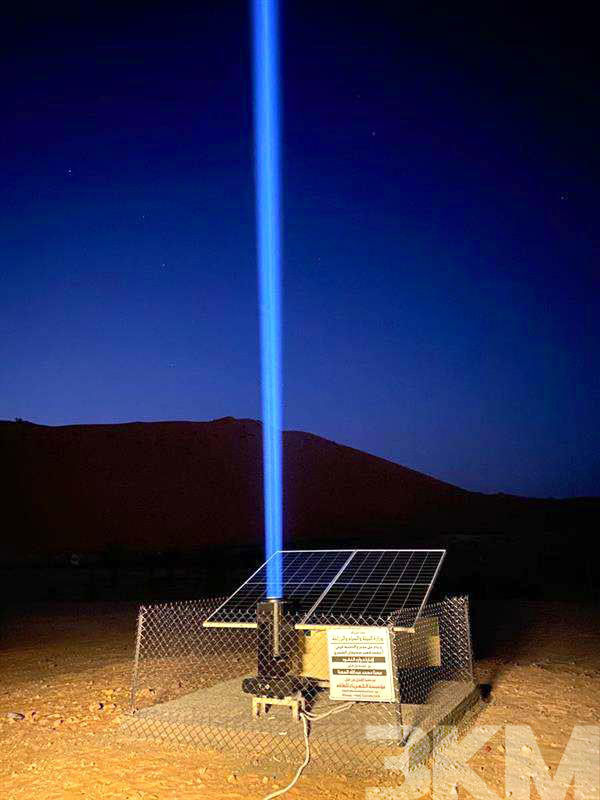
He added that he came up with the idea when he realized that the stranded are in a state of distress and can easily miss water sources even if they were experienced outdoorsmen.
With help from a specialized company under the Ministry of Environment, Agriculture and Water supervision, the first of 11 solar-powered light beacons were lit last week, with the rest lighting up in the next few weeks.
Al-Sohaiman said that a night laser beacon is used so that anyone who gets lost in the desert can see the light at night and know where to find water.
His initiative caught the attention of one of the region’s top businessmen, who will invest enough cash to set up 100 beacons between Hail and Jouf.
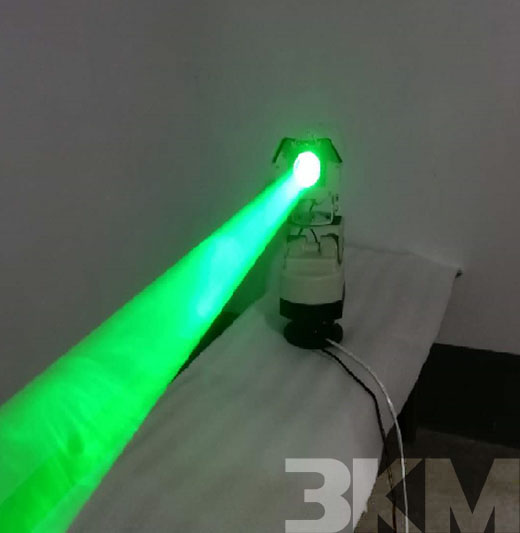
Desert specific laser beacon system
Saudi Arabia’s vast landscape is composed of various habitats such as mountains and valleys, with the majority being sandy and rocky deserts.
The Kingdom has three significant deserts. The Empty Quarter, the largest in the Peninsula, extends for most of the southeast and southern regions and is estimated to cover 650,000 sq. km.
Al-Nafud, known locally as the Great Nafud, covers approximately 64,000 sq. km of the Kingdom’s northern region.
Search and rescue parties have embarked on countless rescue missions in Saudi Arabia’s vast deserts for years. The lucky ones were rescued within 24 hours of getting lost; others lost their lives due to failed attempts to search for water.
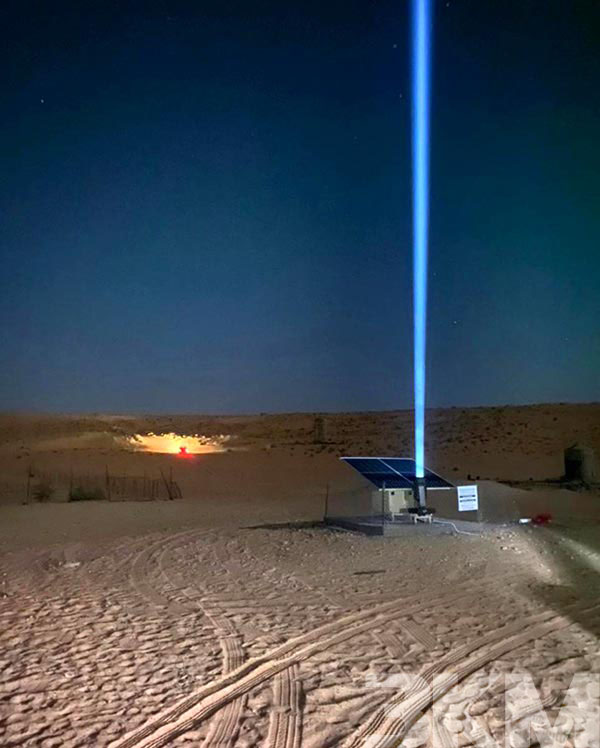
Last July, Dhuwaihi Hamoud Al-Ajaleen went missing in Wadi Al-Dawasir, south of the capital Riyadh. After three days of searching, he was found a few meters from his truck, deceased in a prostration praying position.
He was 40-years-old and was stocking his car with wood for his family.
Al-Ajaleen’s story is one of hundreds.
According to a report issued by Enjad, a volunteer search and rescue team, last year there were over 13,000 vehicles reported stranded in the deserts, 7,395 of which in the Riyadh region, 2,098 in Qassim, 1,335 in the Eastern Province, 637 in Hail and 20 in Jouf.
The number of people lost and stranded in the desert was 142. Twenty-eight lost their lives, 14 remain unaccounted for while the remaining 100 were now in a good condition.
Dr. Abdulaziz Alshaibani, deputy minister for water at the Ministry for Environment, Water, and Agriculture, told Arab News that water resources had been marked in such a way as to achieve the objective of establishing and coordinating the distribution of resources.
He added that the ministry seeks to ensure that the beacons are distributed in remote areas that need them the most. The ministry is committed to ensuring that they operate correctly and are maintained.
The minister said that the depth of the targeted water wells varies from one location to another, but said that drilling usually targets the most prolific reservoirs in the subsurface.
The depth of wells varies from 150 to 1,500 meters, and the surface works usually cover an area of about 60 by 60 meters, he explained.
“Maintenance procedures will be performed as applied in the maintenance and operation contracts for the ministry projects and will include the presence of a project guard, operator, fuel security and periodic maintenance, with periodic tours by supervisors,” said Alshaibani.
He pointed out that since 2018, the ministry has been using red-frequency signals on top of water tanks and towers to help protect the facilities and guide desert travelers to them in case they run out of water or they lose their way in the desert.
